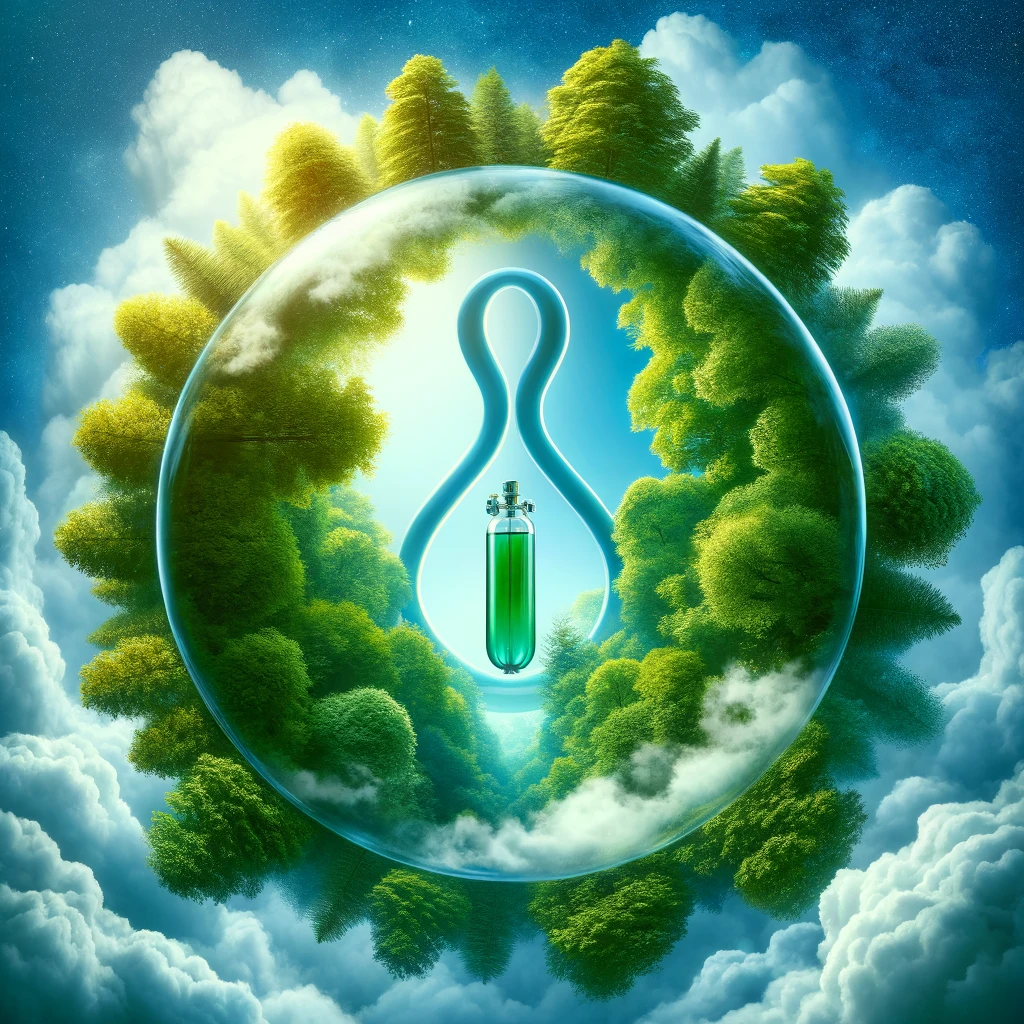Oxygen (O₂): The Breath of Life
Oxygen, a diatomic molecule consisting of two oxygen atoms, is one of the most vital elements for life on Earth. This post delves into the role of oxygen in biological processes, environmental systems, and its various applications.
Oxygen in the Biosphere
Oxygen is fundamental to respiration, the process by which most living organisms generate energy. It’s integral to the conversion of nutrients into energy in cells, a process essential for the survival of most forms of life. Oxygen is produced through photosynthesis, where plants, algae, and some bacteria convert carbon dioxide and water into glucose and oxygen, using sunlight.
Oxygen and the Earth’s Atmosphere
Comprising about 21% of the Earth’s atmosphere, oxygen plays a crucial role in maintaining life. The ozone layer, made up of three oxygen atoms, protects the Earth from harmful ultraviolet radiation. Oxygen is also a key player in various atmospheric chemical reactions, including the combustion process.
Industrial and Medical Uses
- Medical Field: Oxygen is used in medical treatments for respiratory illnesses and in providing life support in critical care.
- Industrial Applications: It is used in metal fabrication, including welding and steelmaking, where it helps to achieve high temperatures.
- Environmental Significance: Oxygen levels in water bodies are crucial for the survival of aquatic life and are an indicator of environmental health.
Oxygen is more than just a component of the air we breathe; it is deeply intertwined with the very essence of life and the functioning of our planet’s ecosystems. Understanding the role of oxygen is key to grasping the complexities of biological life, environmental processes, and their interconnections.
